"This isn’t quite the end of the earth – but you can see it from here,” quips one of our hosts. Looking north from our windswept perch across the heaving seas, I think he might be right. We’re closer to the Arctic Circle than we are to London, but our passports are safely at home because we’re still in the UK. Just.
Rewind 24 hours and Autocar staff photographer Max Edleston and I meet at Port Edgar, a smart marina just outside Edinburgh, with a plan to drive north until the blacktop stops. Our car for the journey is a fully electric Polestar 2, whose namesake celestial body – variously known as the Pole Star, Polaris or the North Star – will guide us there, hanging as it does directly above the North Pole.
![]()
We’re in the entry-level 2, which means 228bhp, front-wheel drive and a claimed range of 297 miles. Limited to 100mph, it’s a pragmatic spec for a relatively pragmatic car. As such, the 2 isn’t overburdened with modes and I’ve already found ‘mine’ – the middle choices for regen (intended to mimic engine braking) and for steering (it’s overly light or overly springy otherwise), with step-off creep switched on.
Queensferry Crossing’s cables gleam white in the sunshine as we silently span the Firth of Forth, the Polestar’s easy-going character immediately apparent. There is a slight bobbing over the M90’s smaller ripples as we press through Fife, otherwise it’s how exactly motorway driving in an electric car should be: clean and serene.
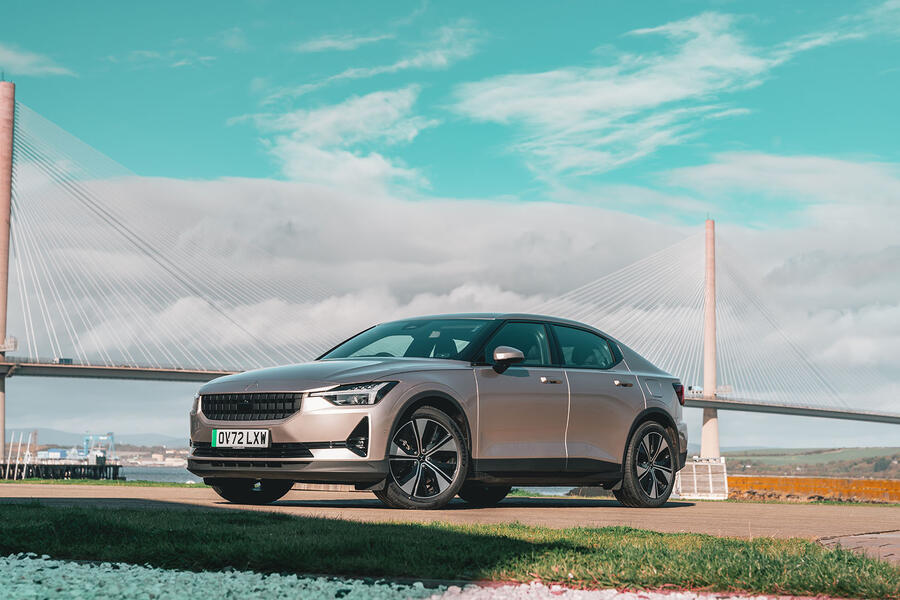

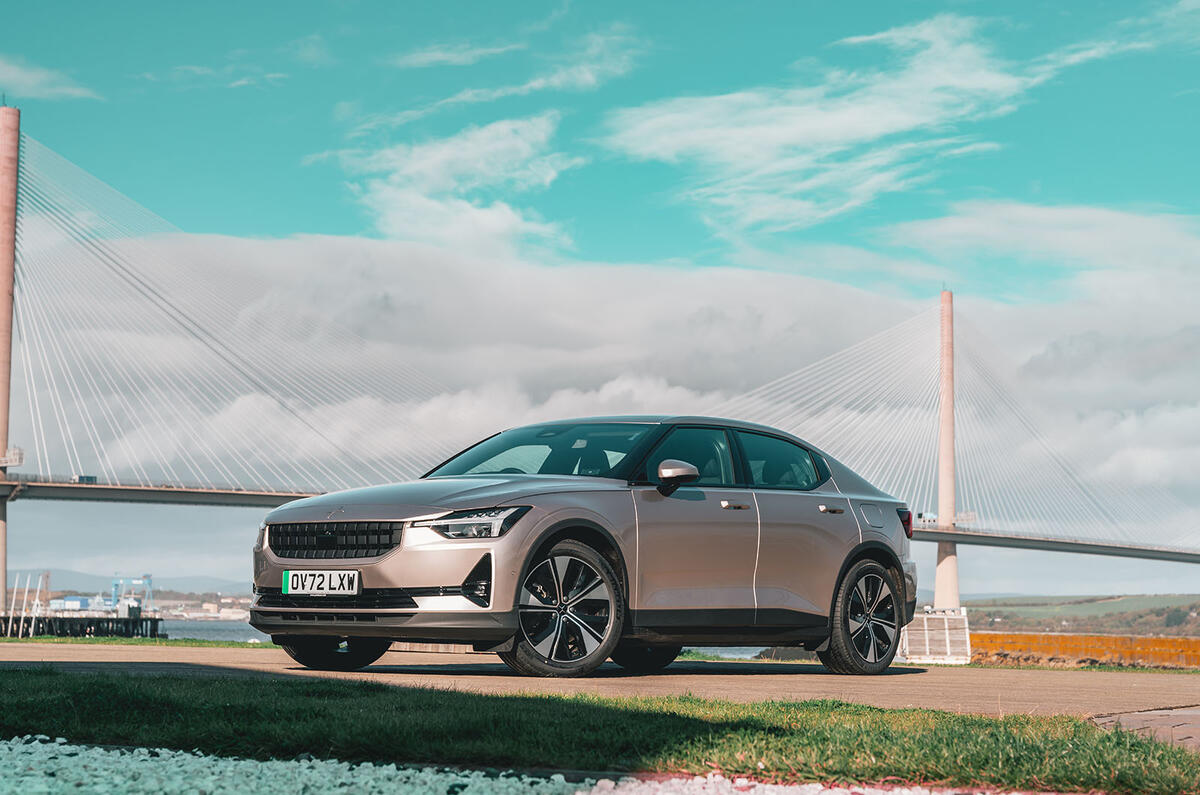
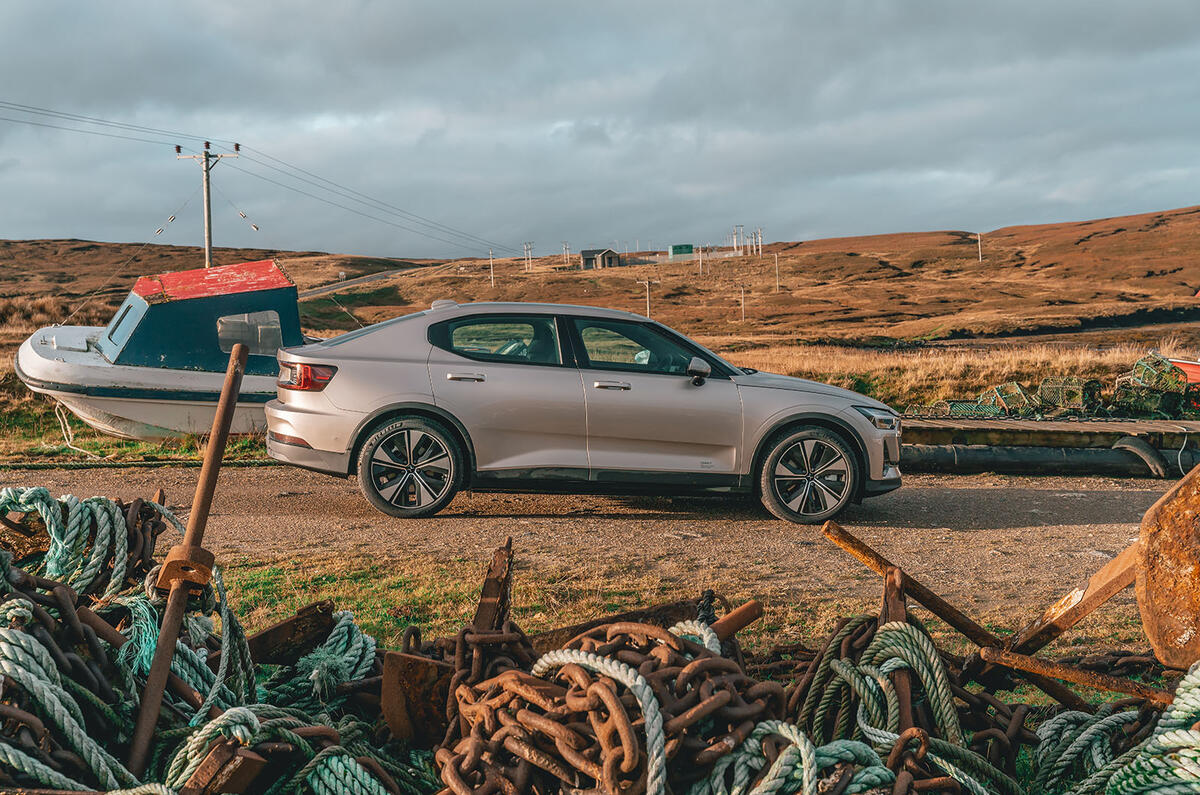

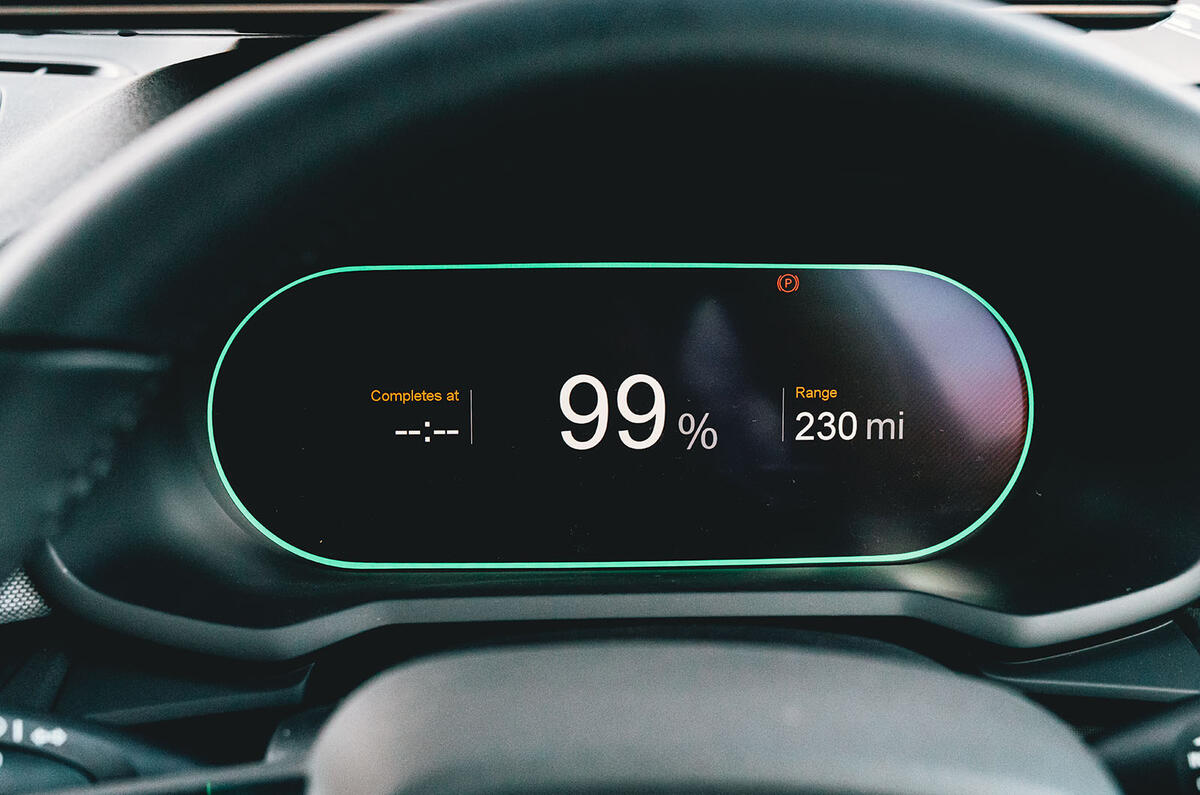
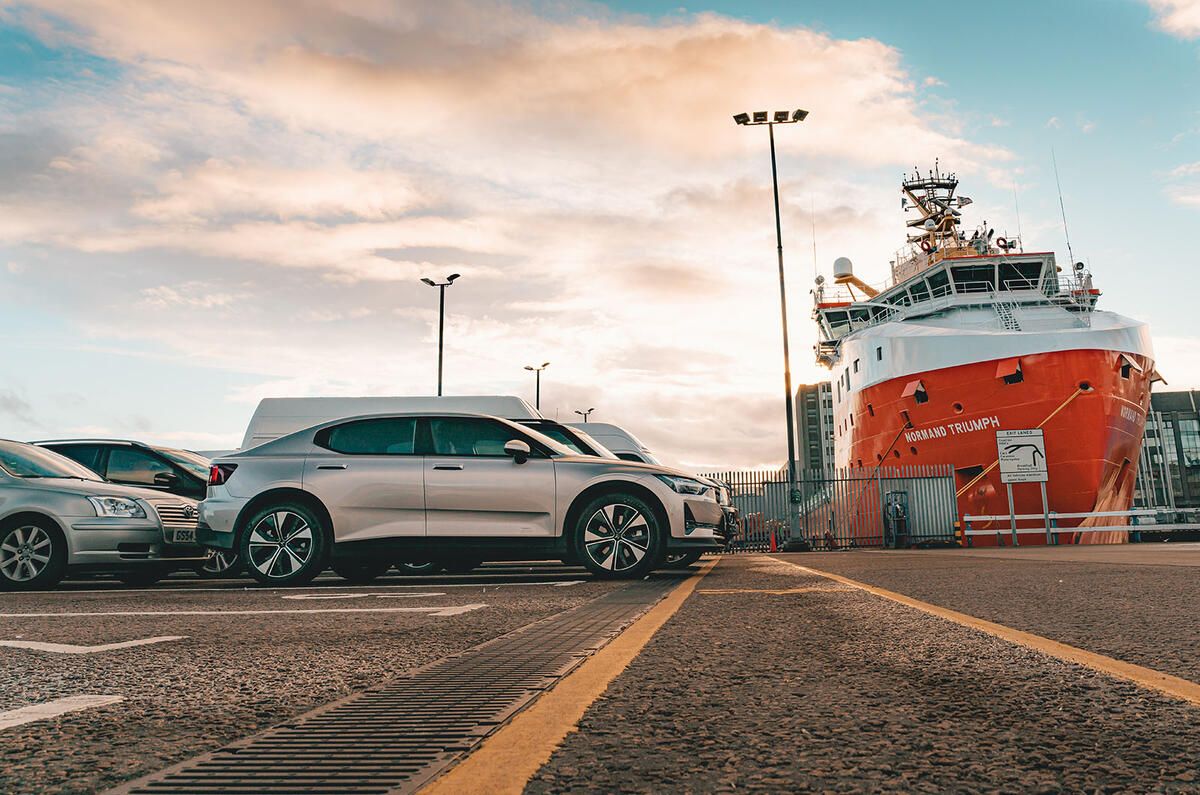
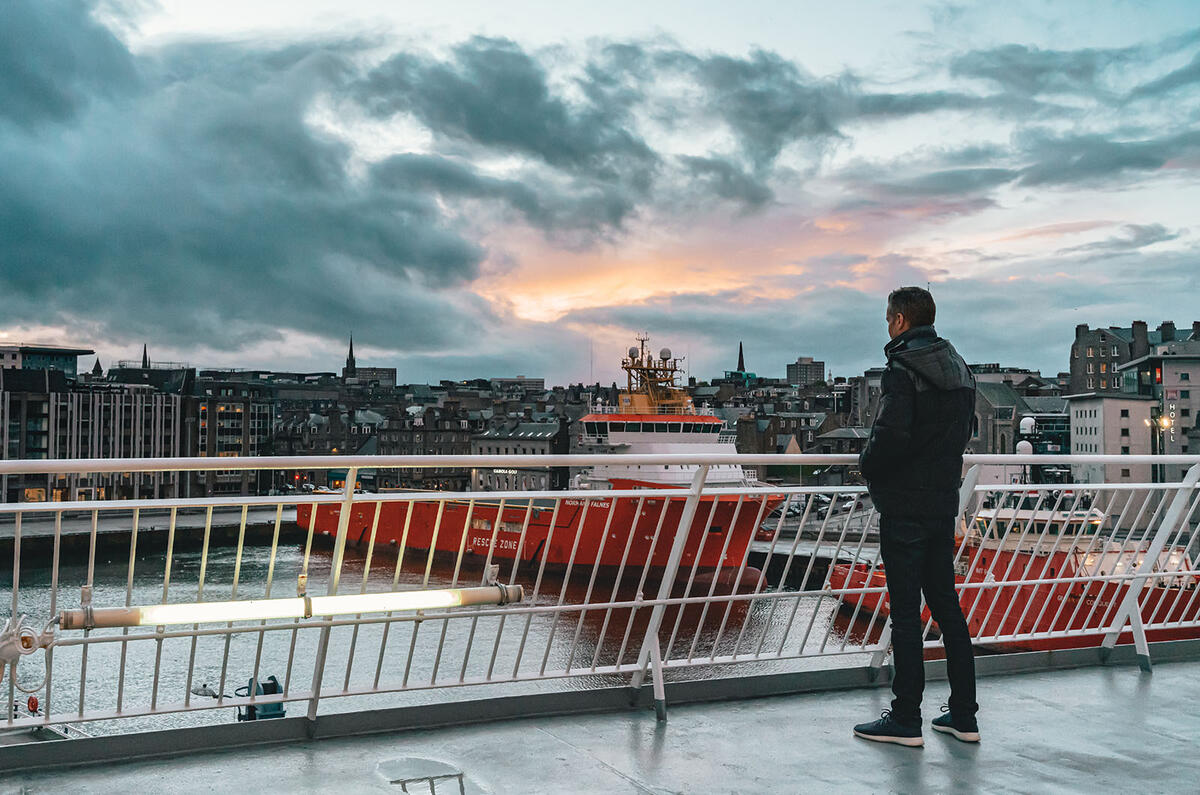
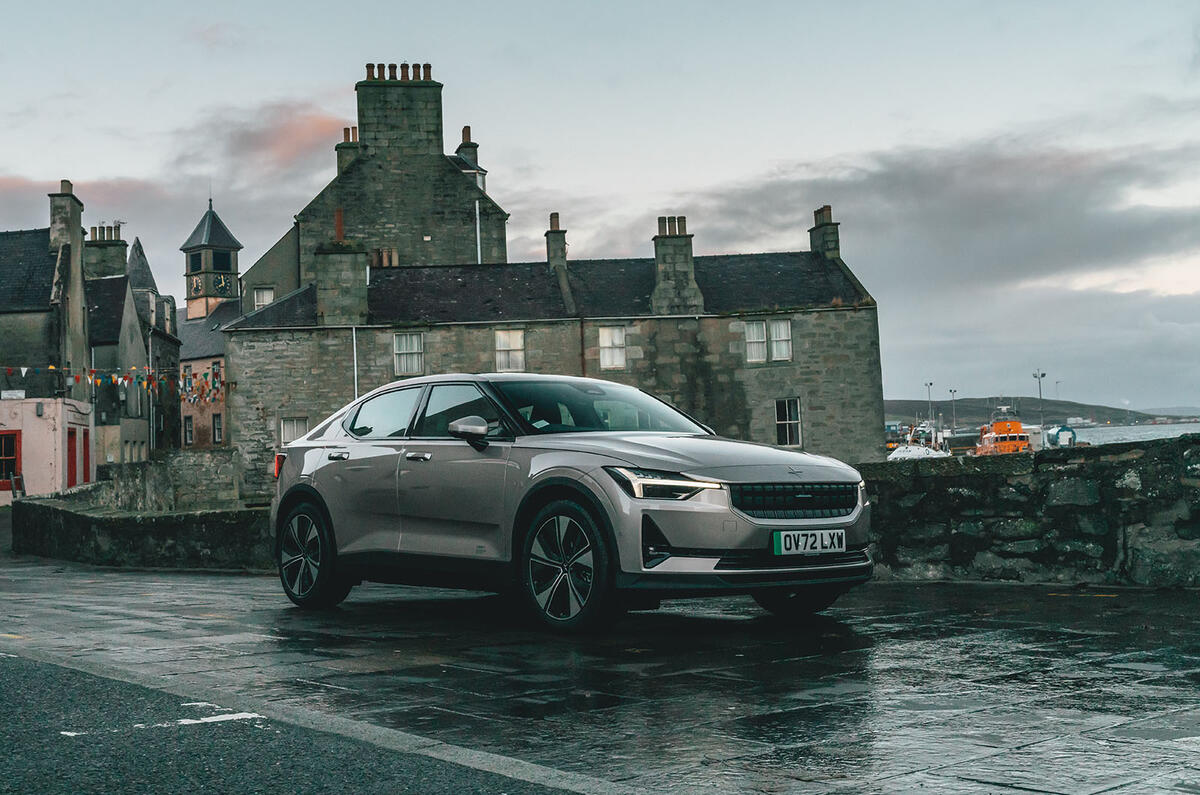
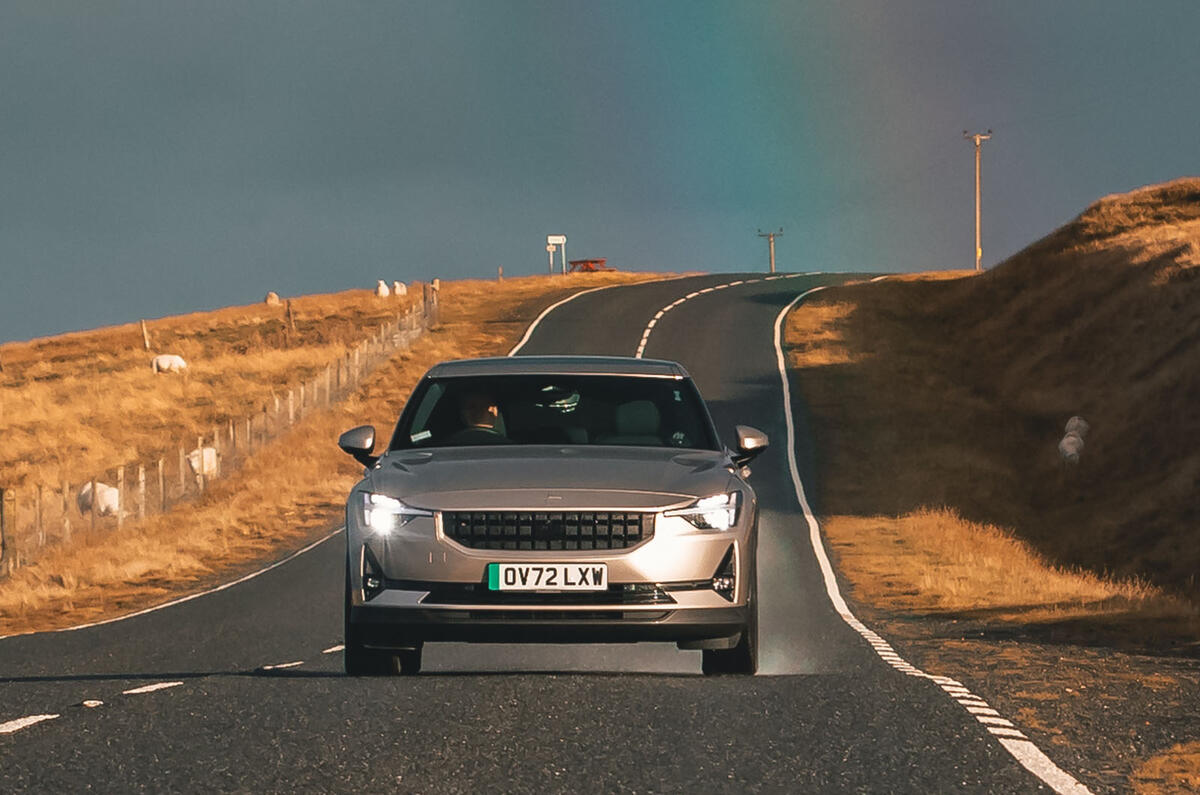
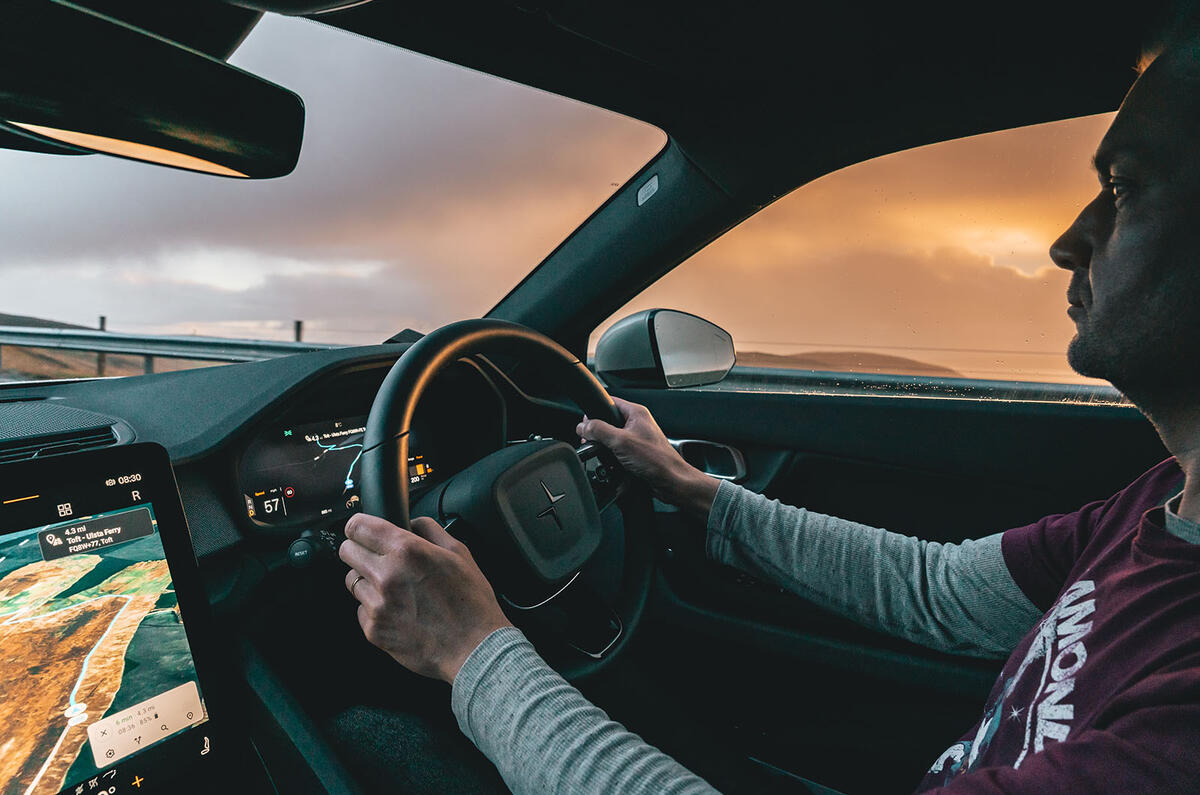
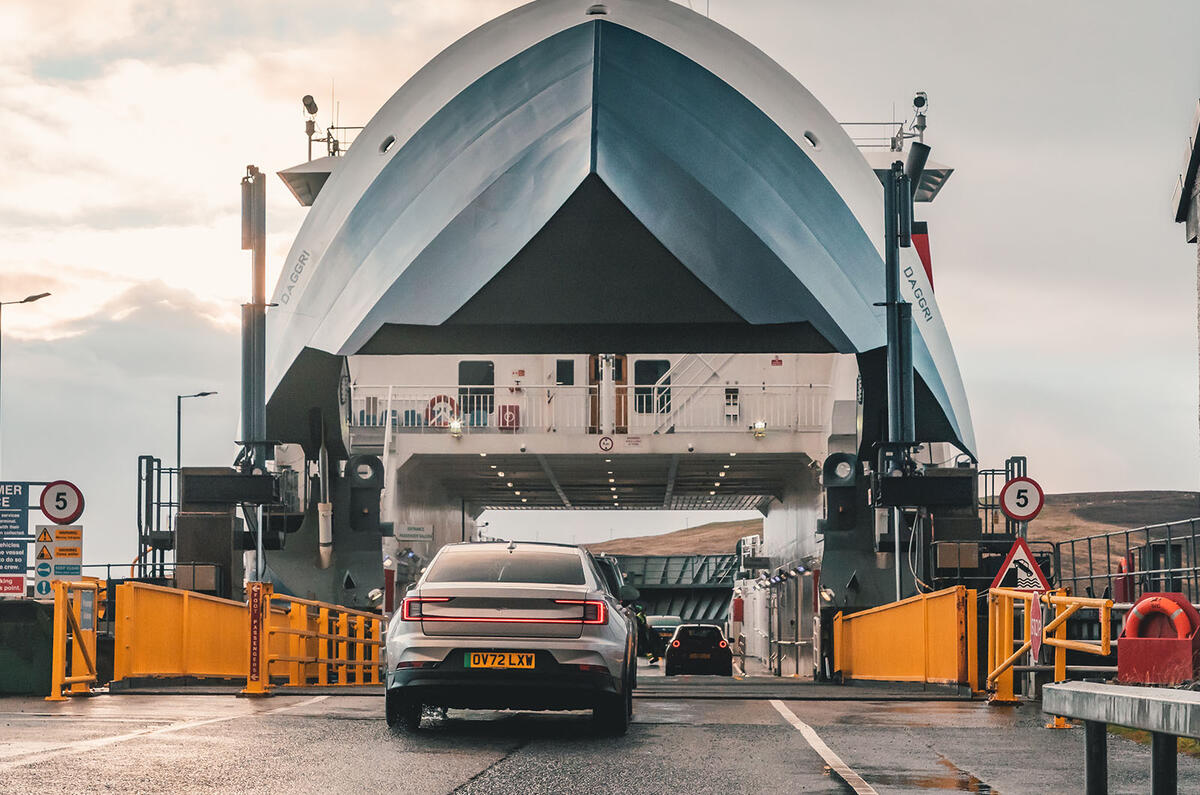
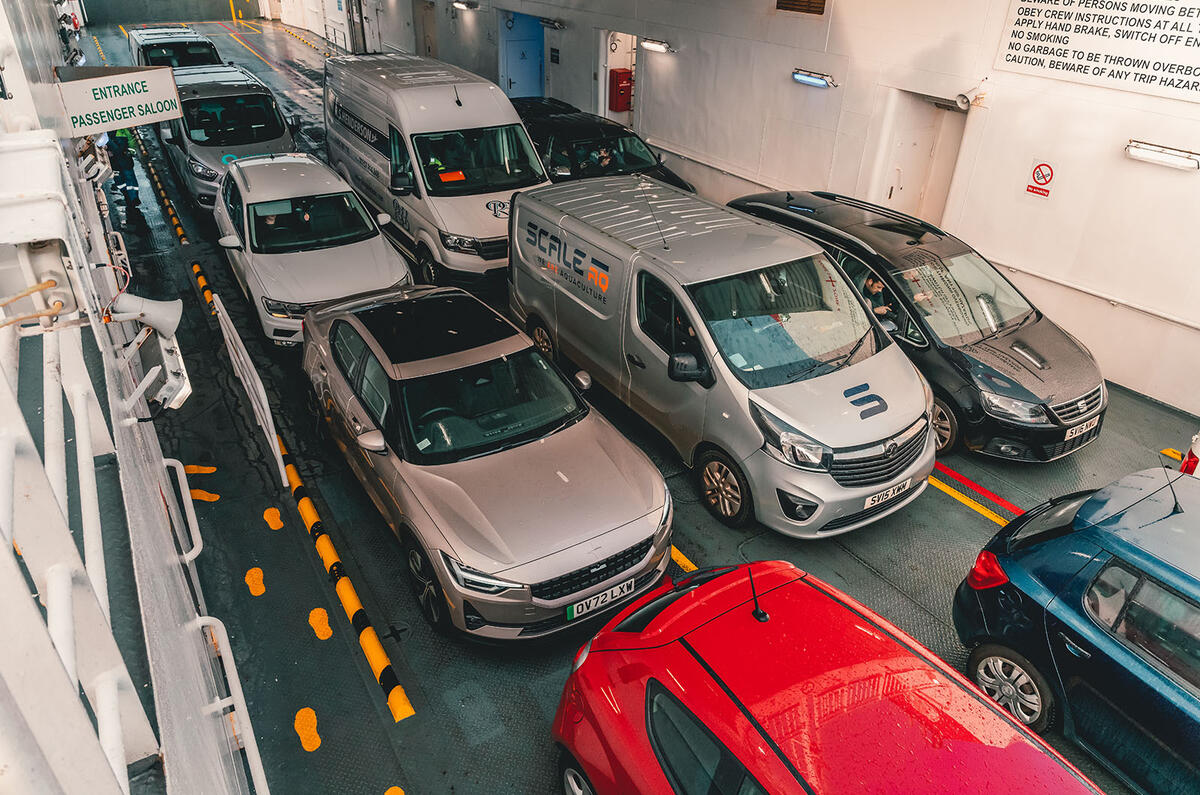
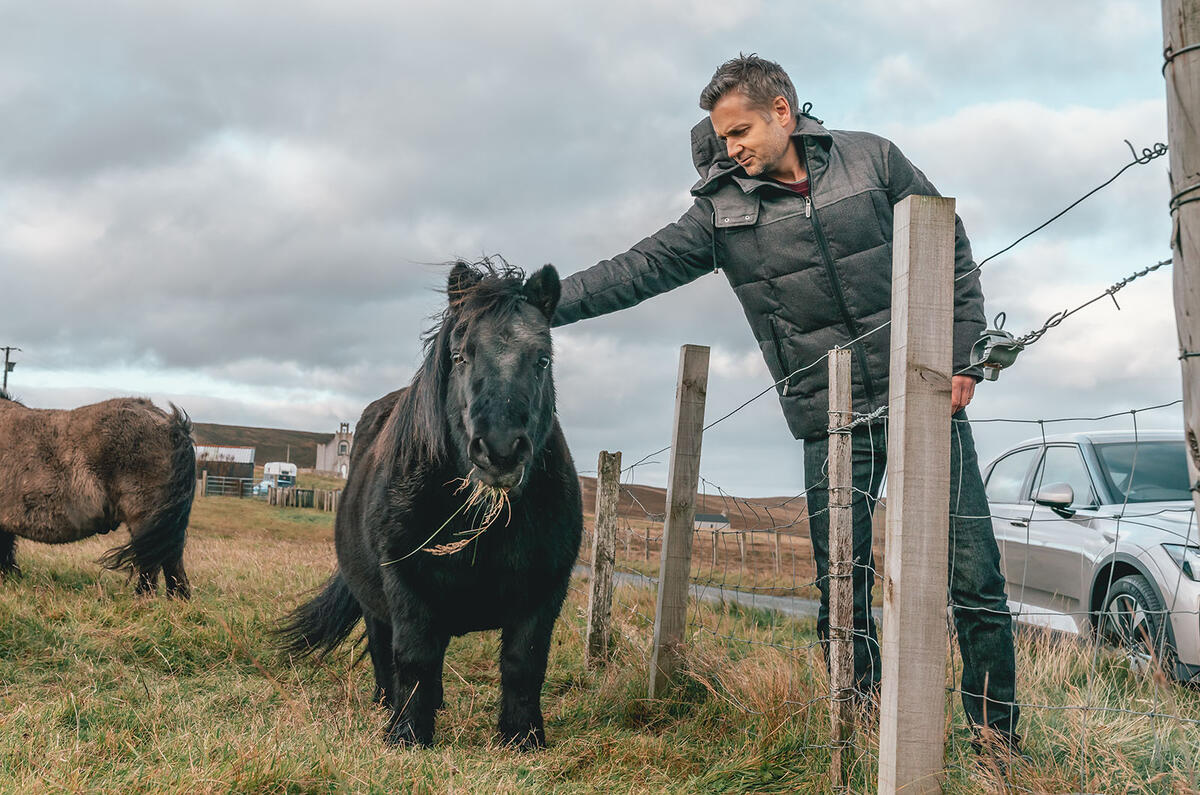

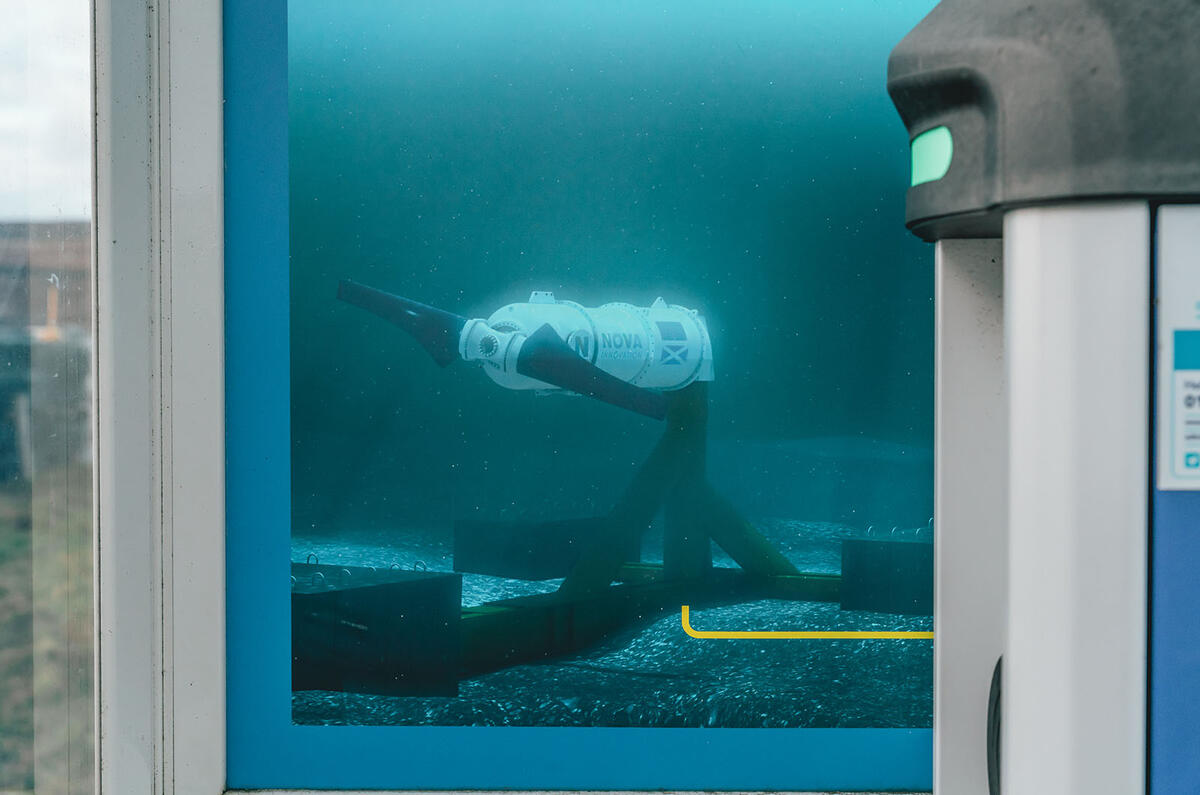
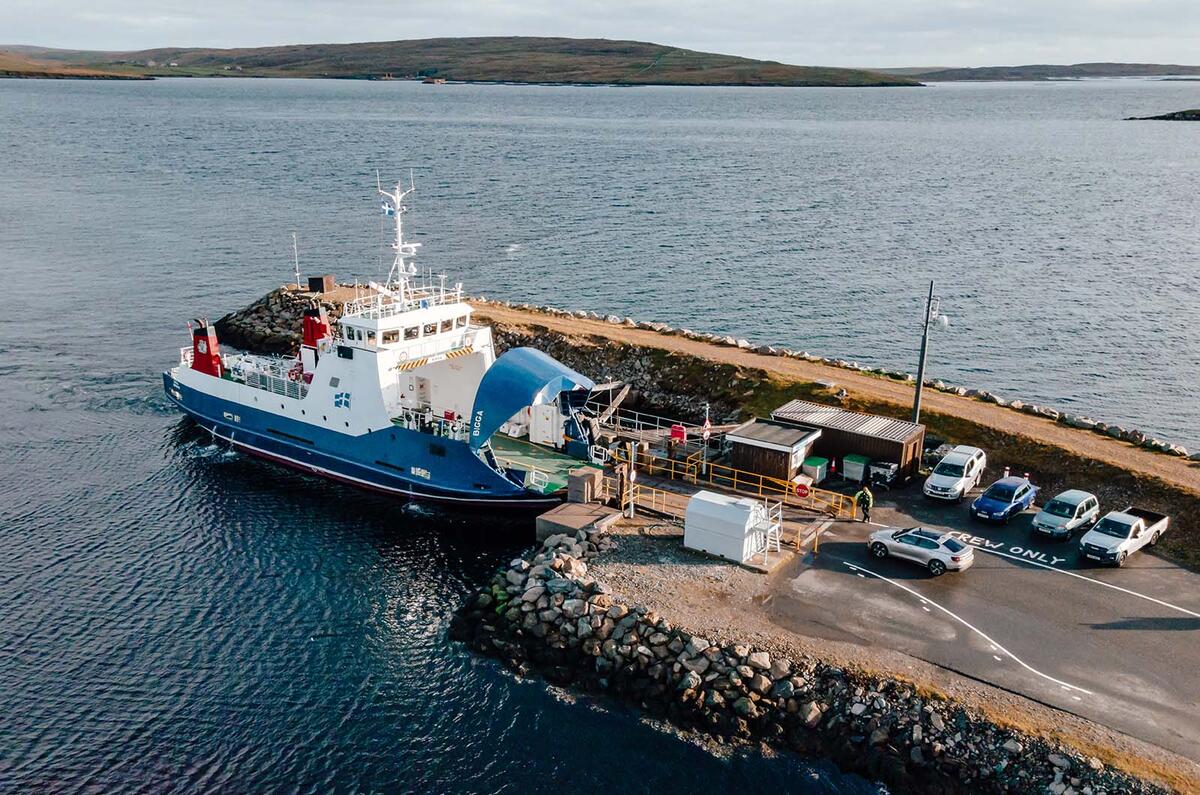
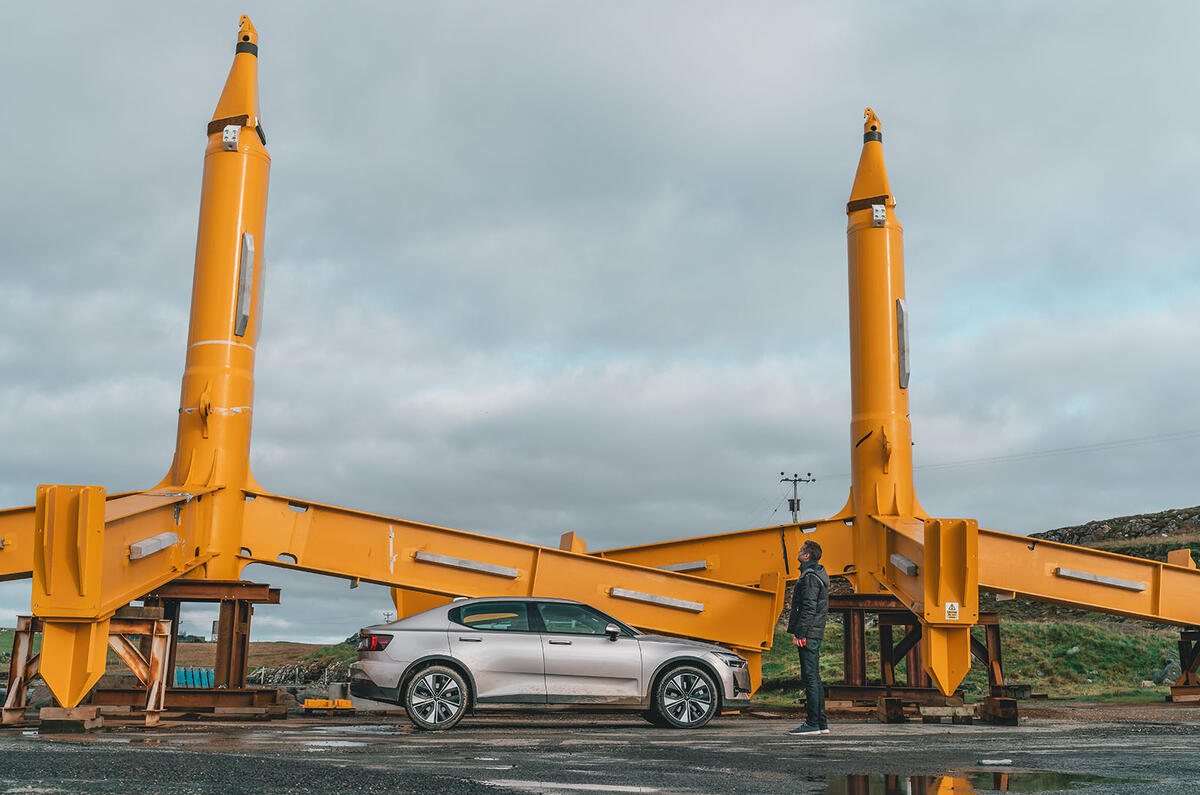
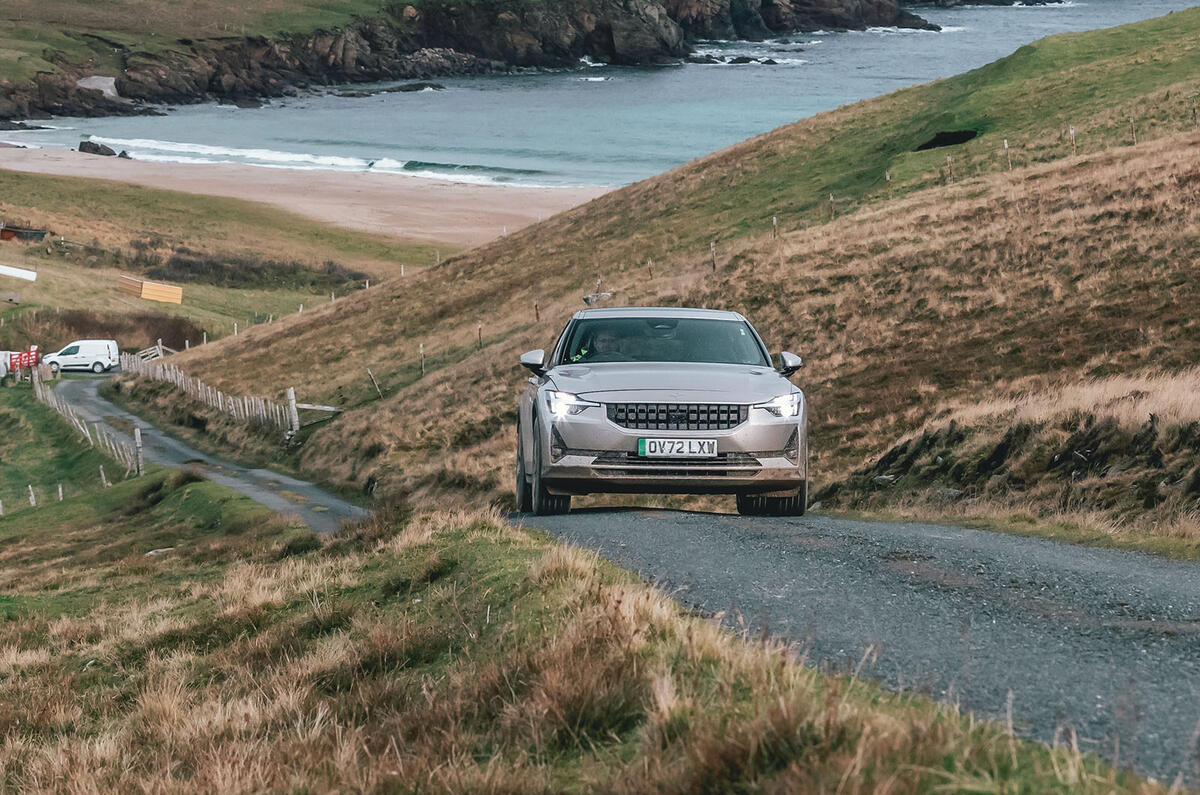

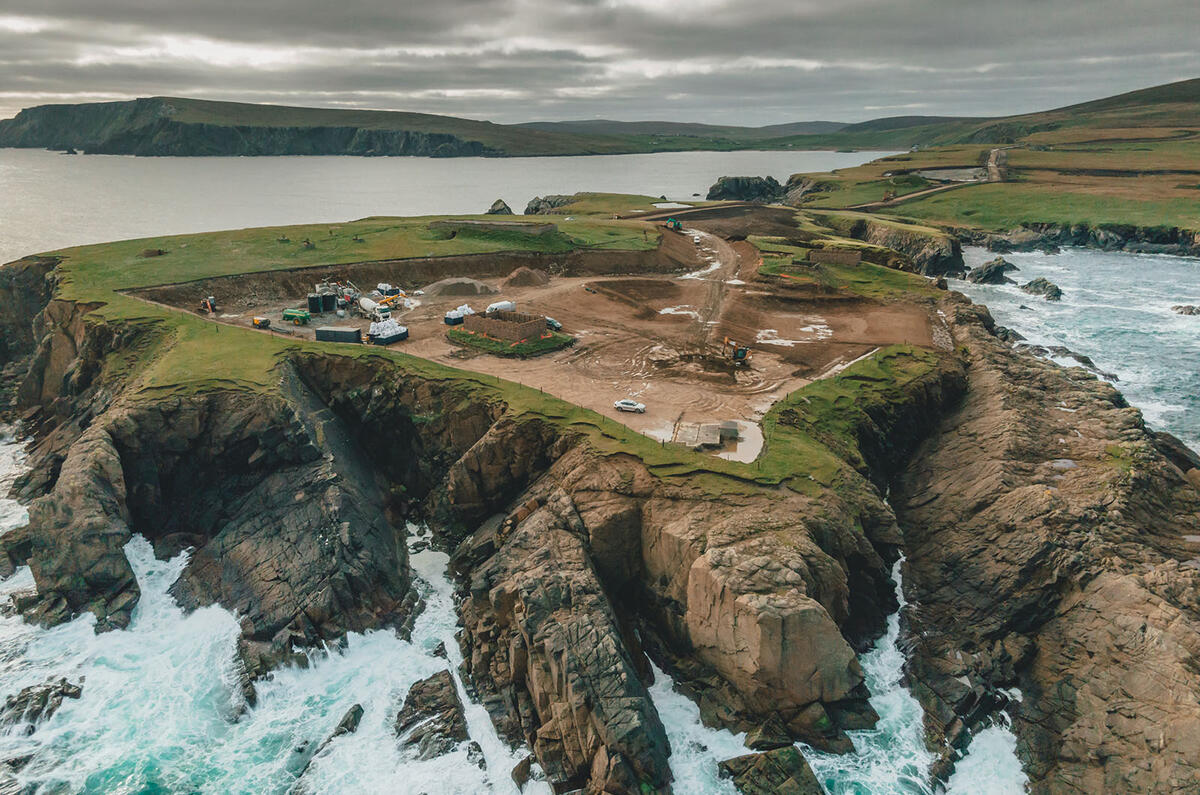

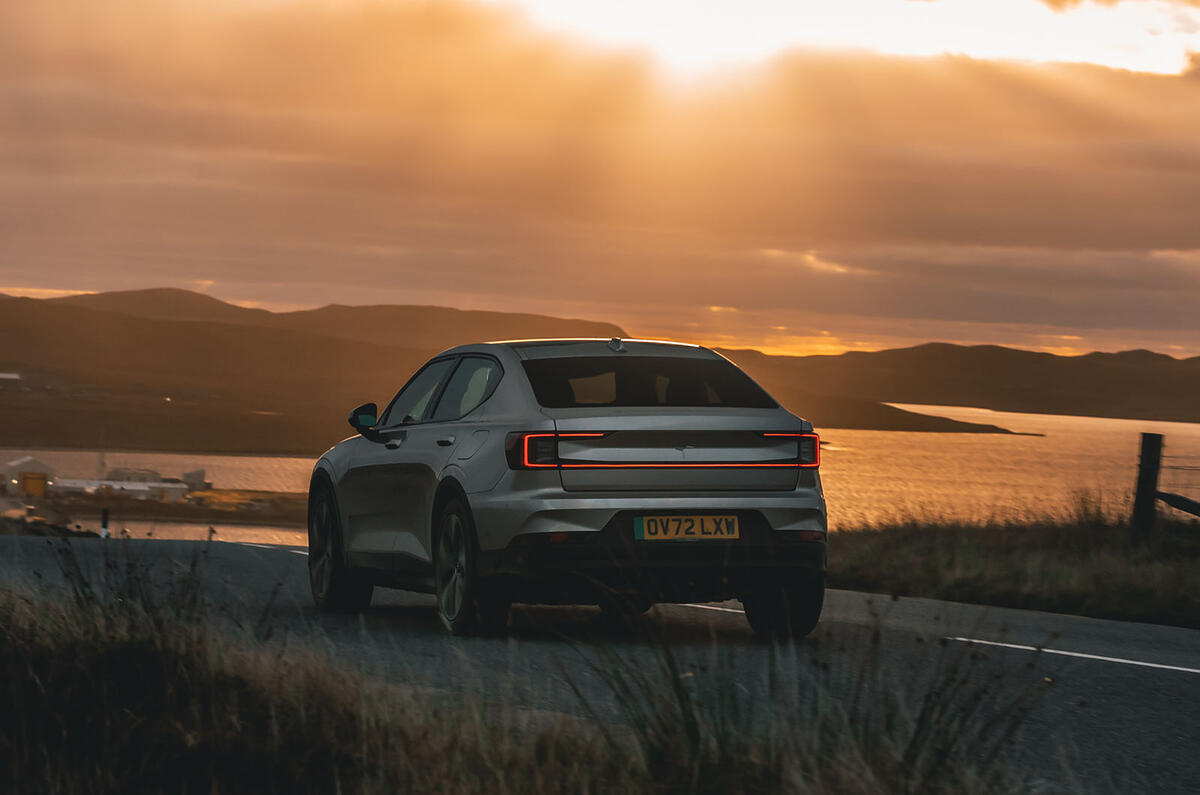
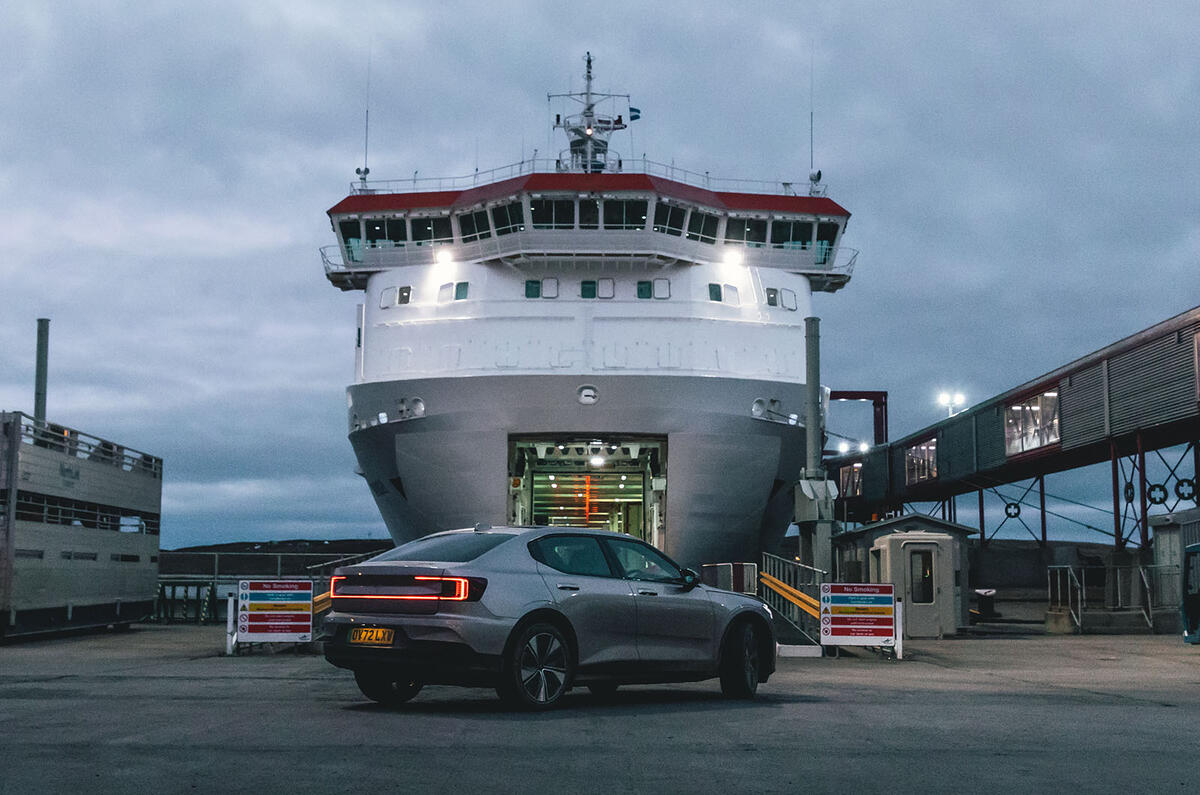

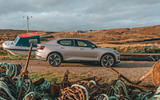
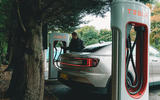




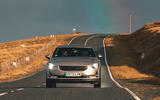




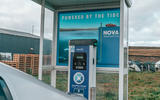
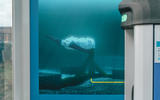
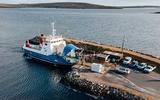
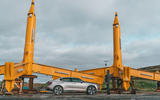
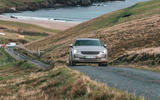

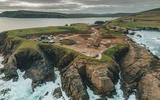
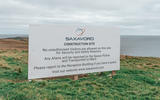
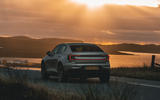
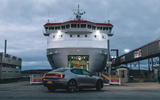

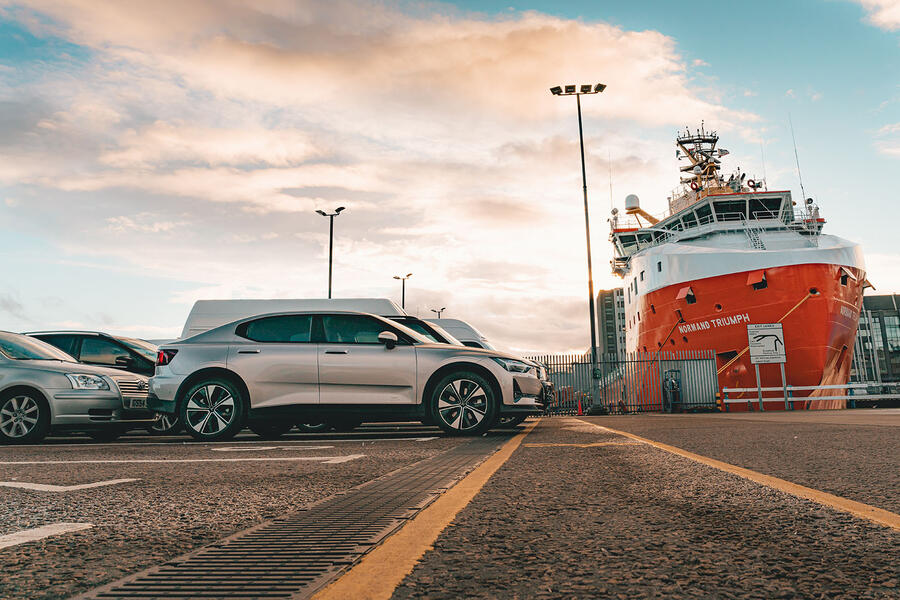
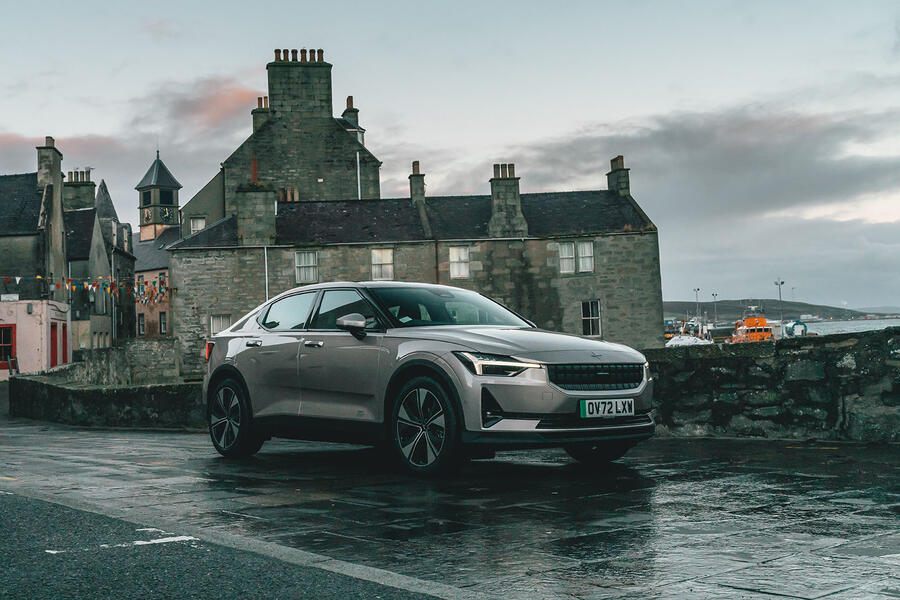
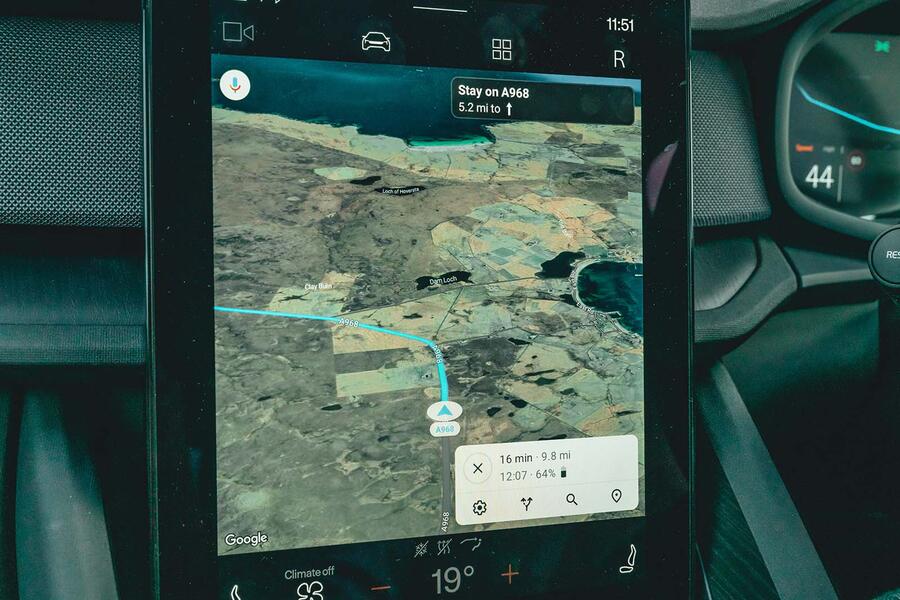
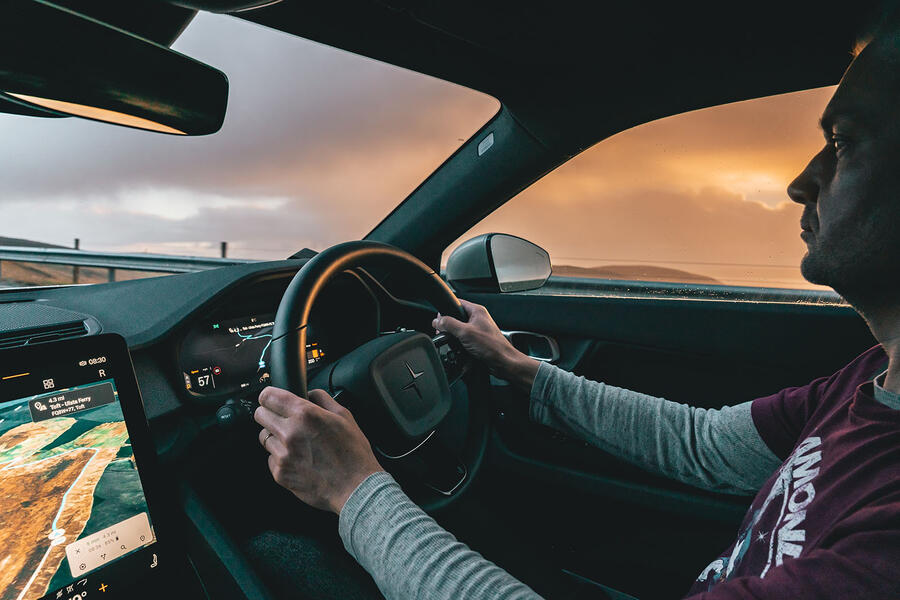
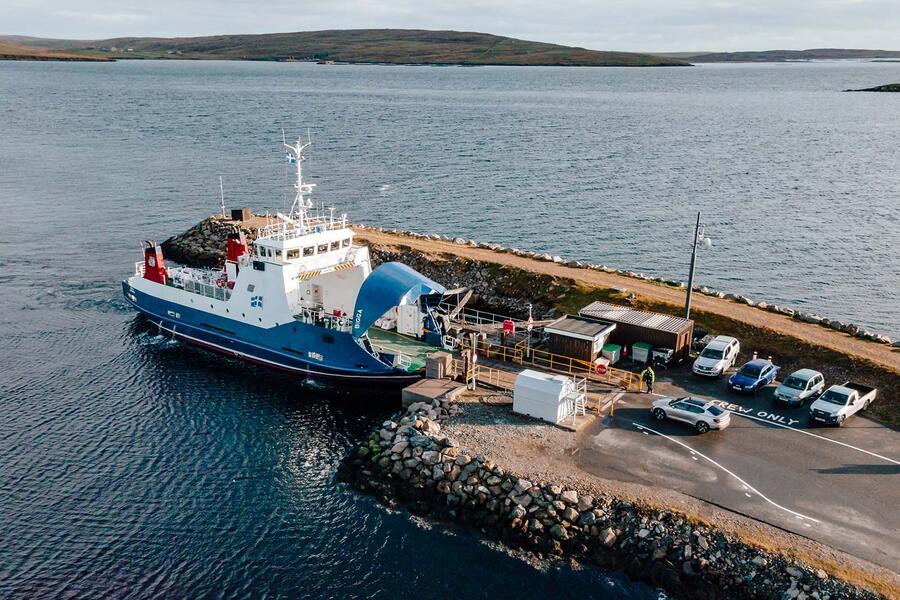
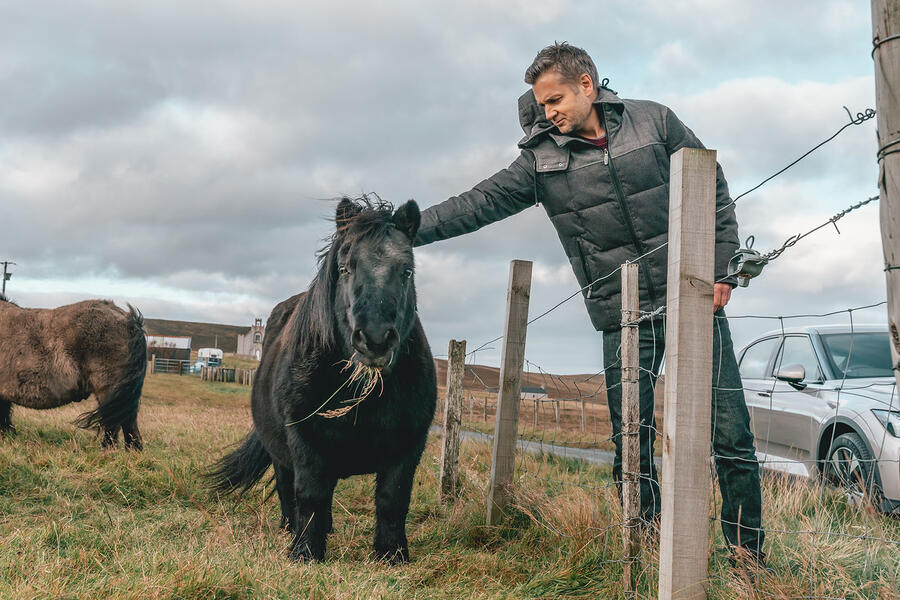
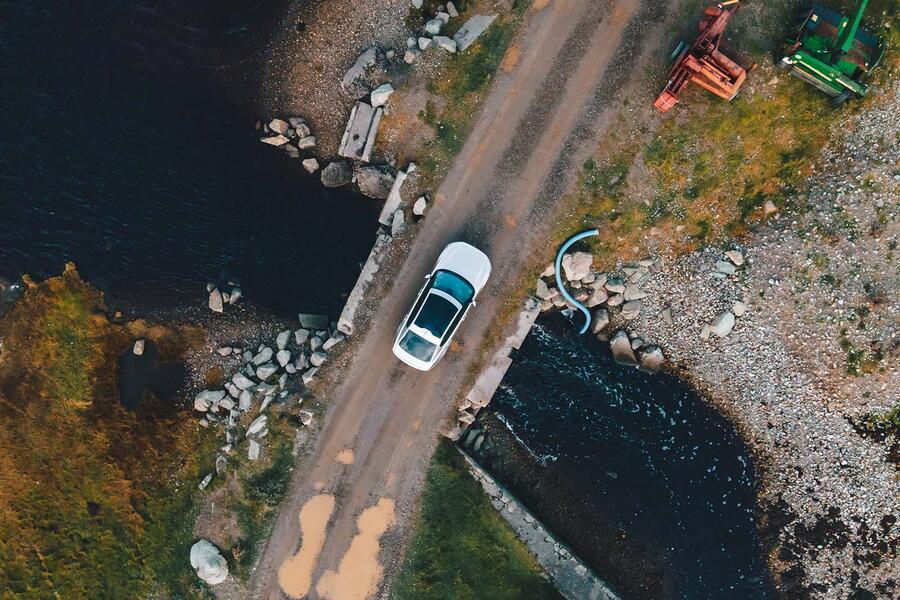
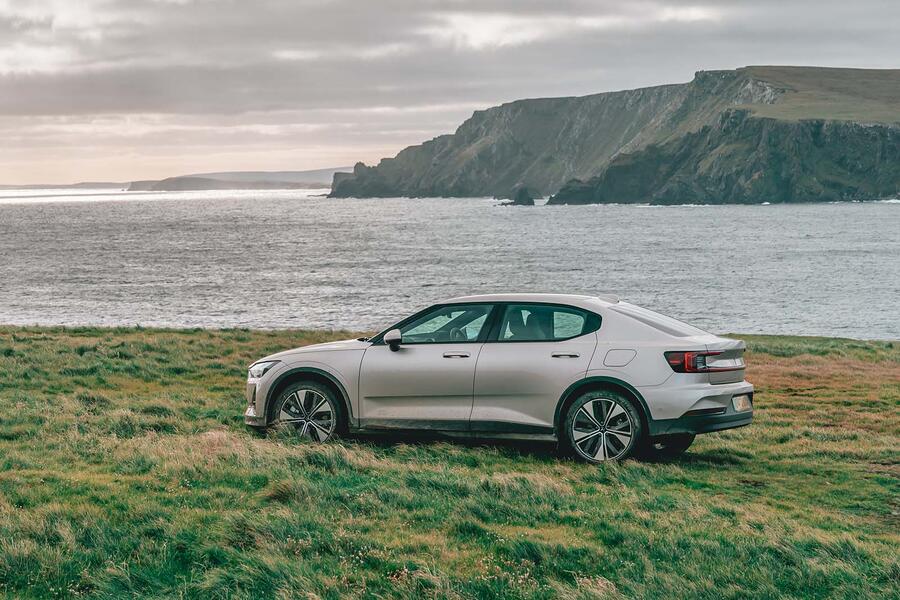
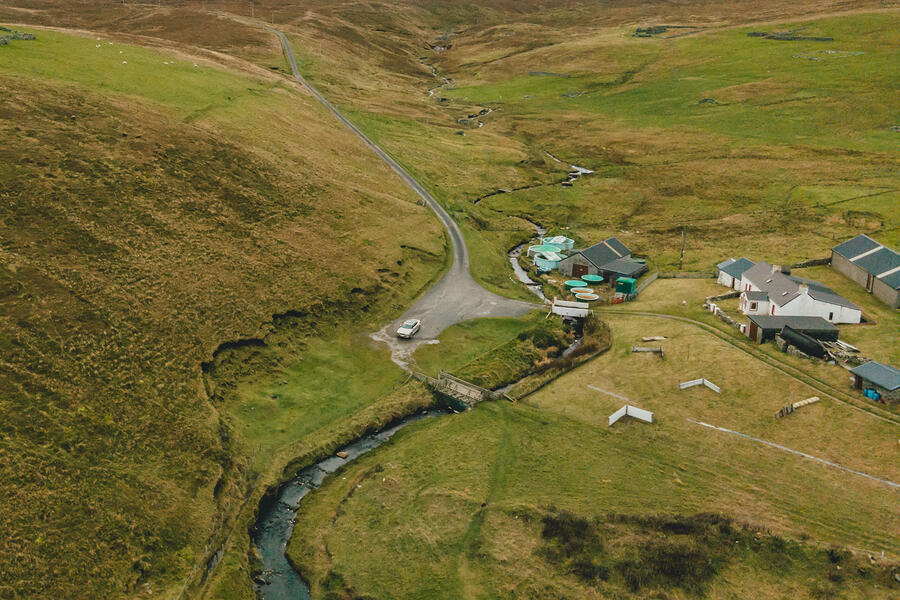
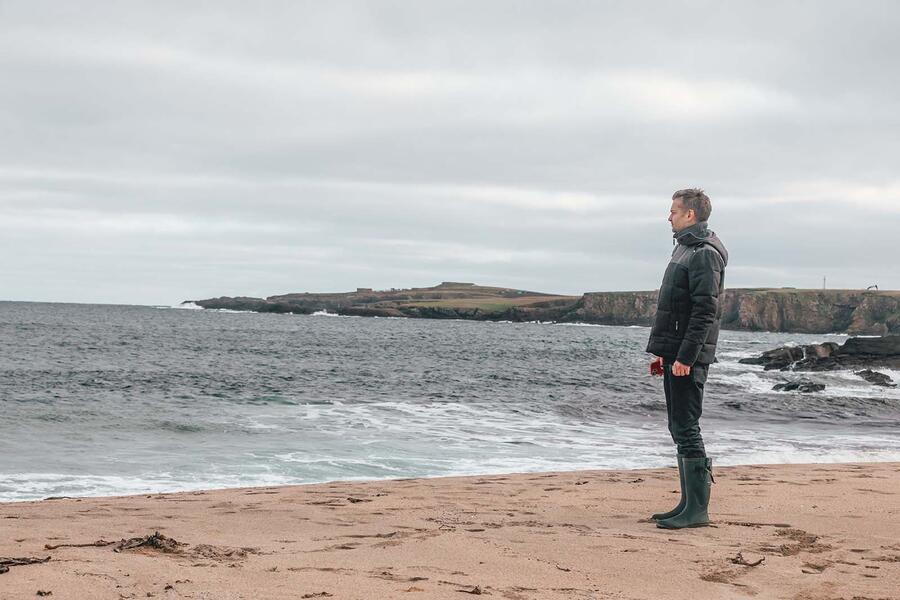
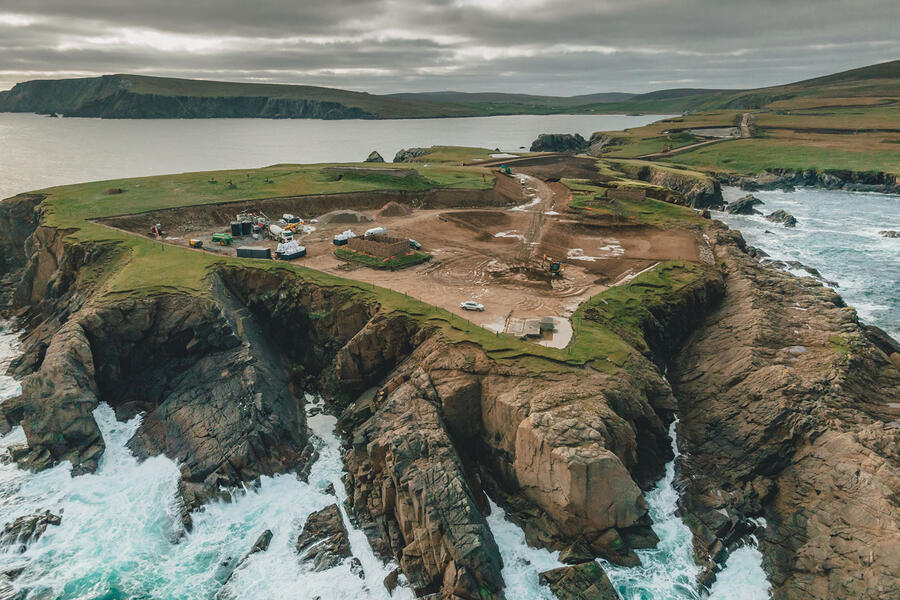

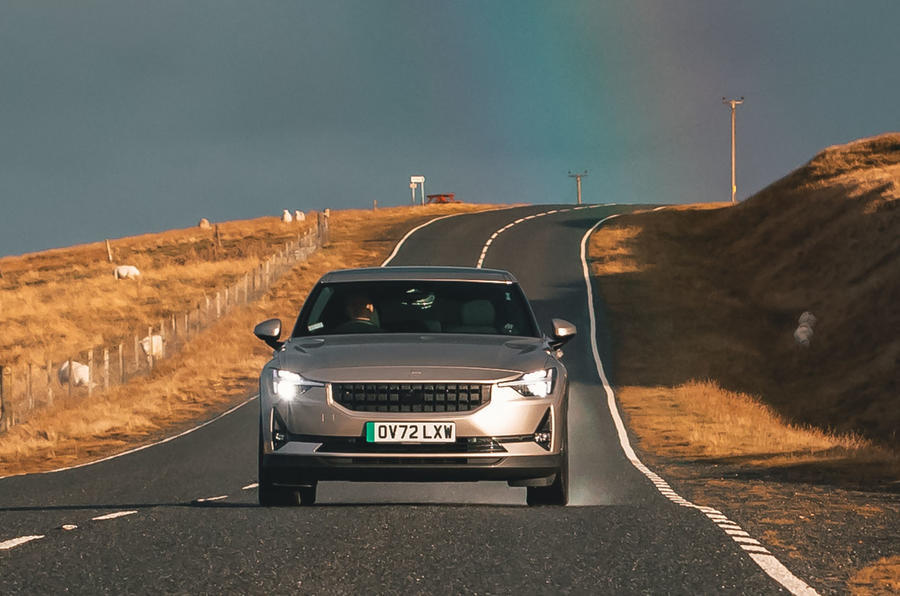
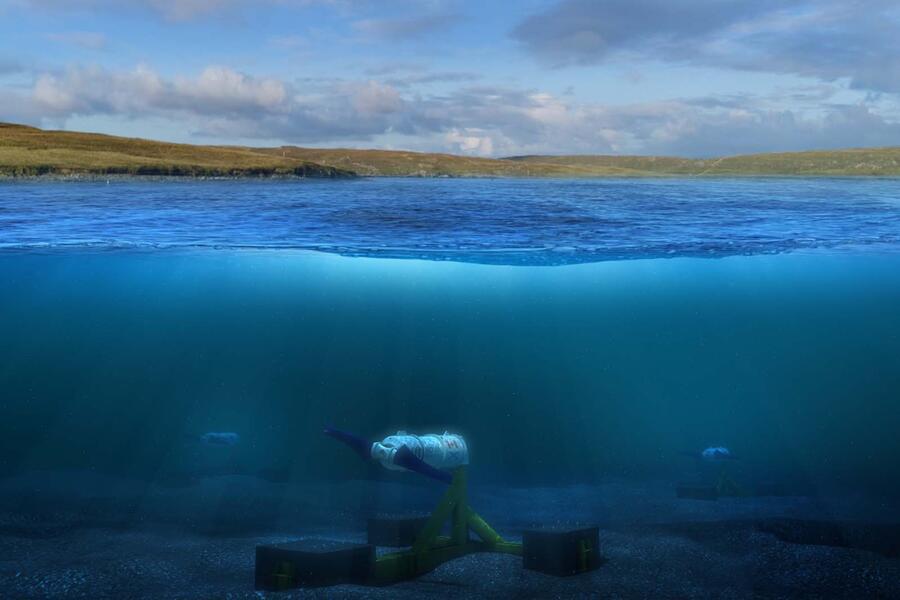

Join the debate
Add your comment
Canada and Indonesia are among the company's international locations, and a new 15MW array is in the works for the other end of the spectrum.
Canada and Indonesia are among the company's international locations, and a new 15MW array is in the works for the other end of the spectrum.
I am making a real GOOD MONEY ($550 to $750 / hr) online from my laptop. Last month I GOT chek of nearly 85000$, this online work is simple and straightforward, don’t have to go OFFICE, Its home online job. r30 You become independent after joining this JOB. I really thanks to my FRIEND who refer me this SITE…..,
>>>>>>> EarnCash7.com